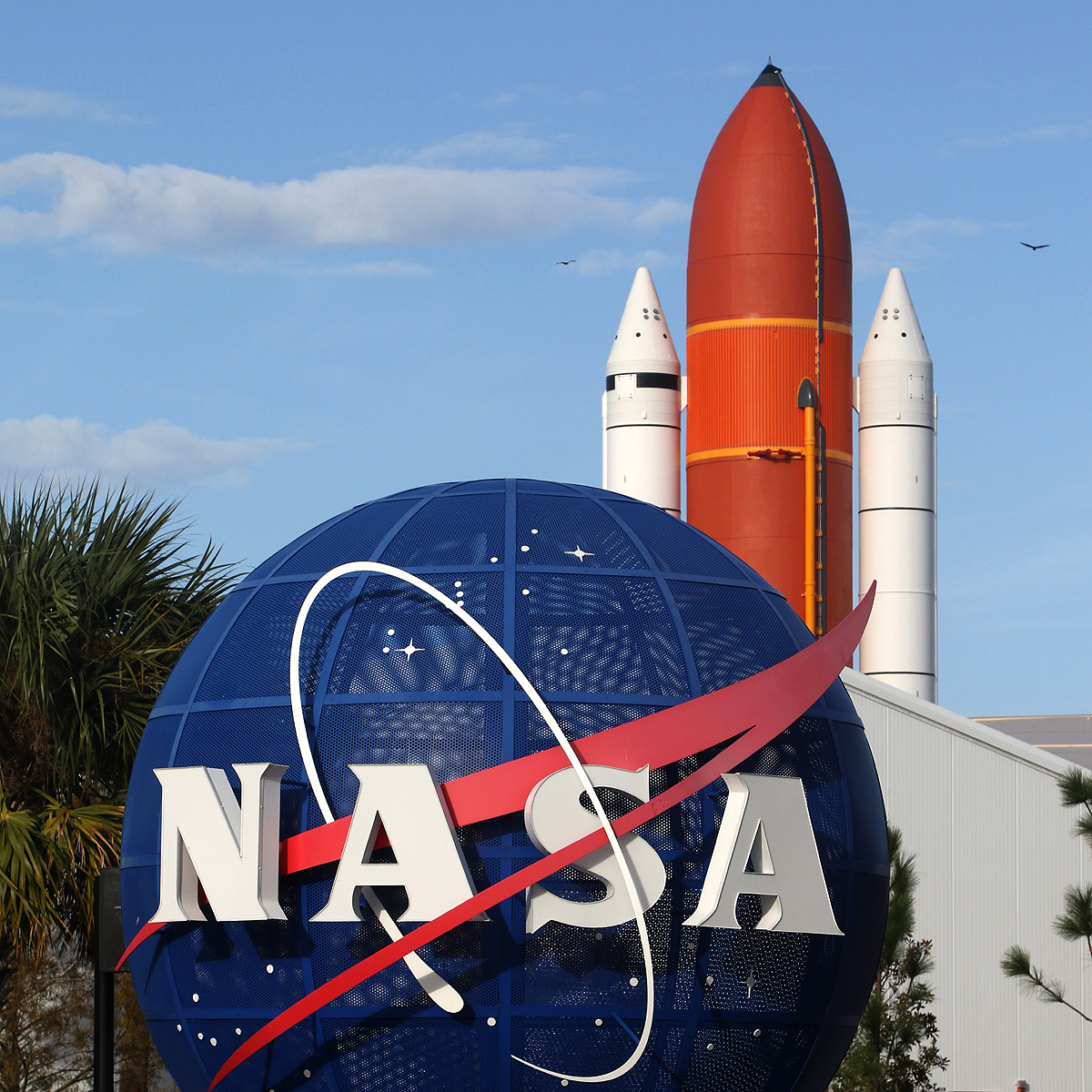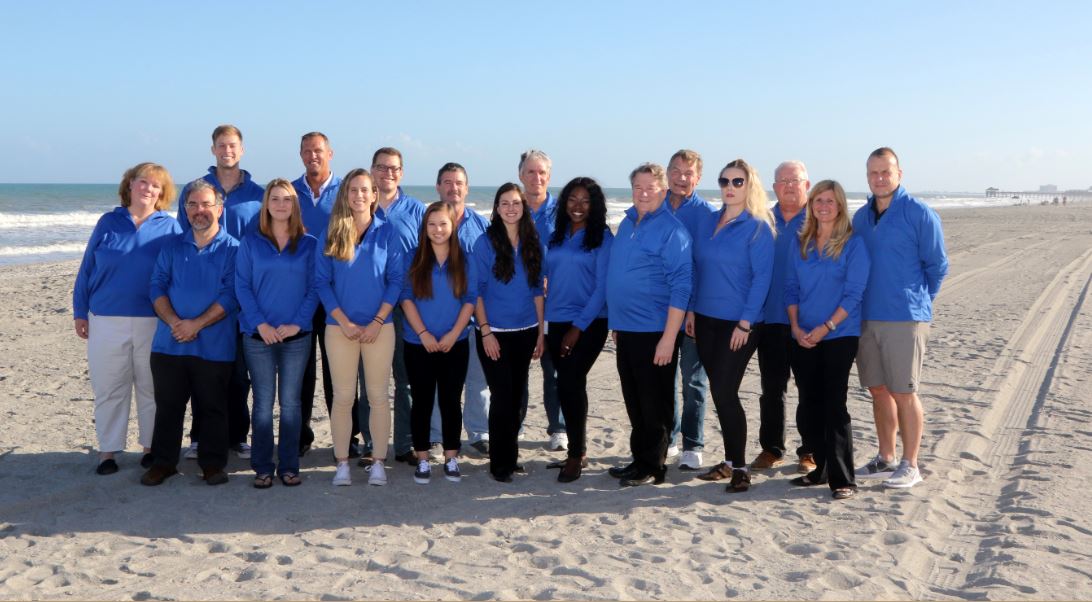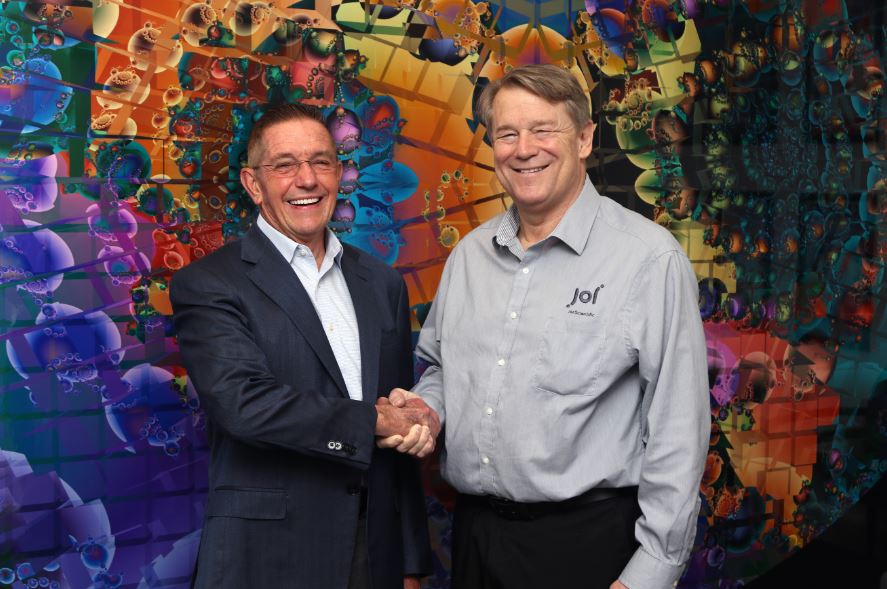Will hydrogen be the ultimate source of clean energy and power for the future? Joi Scientific certainly believes so, having developed a technology that will enable the harvesting of hydrogen gas from seawater at a competitive cost. Joi Scientific likes to call it Hydrogen 2.0 as it is generated from a clean energy source and does not cause any emissions in the process.
Joi Scientific Chairman and CEO, Traver Kennedy sat with Impakter to discuss how his company is making all this possible.
What inspired you to start Joi Scientific?
Traver Kennedy: I come from an artistic background. My formal educational training was in music, yet my career path has led me to the business side of technology. I have been fortunate to have some wins in world-changing technologies like cloud computing at Citrix where I served as Chief Strategist, helping to establish it as one of the world’s largest S&P 500 and NASDAQ 100 software companies in record time. However, the financial rewards of our success didn’t seem valuable in a world that’s polluted and dying. I rationalized that it was better for me to reinvest my earnings into an endeavor that could help address the moonshot challenge of our generation: climate change. I envisioned a world in which clean energy could be available and affordable for everyone 24/7.
I met Joi Scientific co-founders, Robert Koeneman and James Kirchoff, in 2009 and we began talking about what could be possible with clean, abundant and affordable hydrogen. Quite simply, hydrogen is the best fuel in the world. When generated locally, it does not create greenhouse gases or other negative environmental impacts. We drew inspiration by looking at the ocean from our condo at Cape Canaveral, thinking that there must be something more that we don’t know about water as an energy carrier. We took a cue from nature and set out to develop a hydrogen generation technology that could take water wherever you are and transition it into hydrogen gas, so you can use it on-demand where and when you need the energy. We started to do research and began doing lab experiments, going through an iterative process. Several years later, we have found a new way to produce clean and affordable hydrogen that hasn’t been seen before. We are now in the process of commercializing our technology with co-development partners to bring it to the wider world.

In the photo: Joi Scientific founders Robert Koeneman, President and Sr. VP Technology, and Traver Kennedy, Chairman and CEO. Image Credit: Joi Scientific
What is Joi Scientific currently developing? What is your mission?
Traver Kennedy: Joi Scientific has developed a breakthrough technology that enables the on-demand production of clean hydrogen gas from seawater at yields that will finally make hydrogen cost-competitive to natural gas, coal, oil, diesel or gasoline without subsidies. The company’s proprietary technology, which we call Hydrogen 2.0, can be employed on-site to provide safe, localized hydrogen production at the point of use, where and when it is needed, without high pressure and at room temperature, eliminating the requirement for specialized and expensive infrastructure for storage and distribution.
Our mission is to expedite the world’s transition to clean, abundant and affordable Hydrogen 2.0 energy―in both developed and developing economies. Our founding goal for the company was to hit a price point for hydrogen that would allow it to have a positive impact for people everywhere. We want to bring this technology to both growth economies and to communities that need to grow. We believe that Joi Scientific holds the potential to be the first company to deliver a hydrogen production process that is on-demand, environmentally neutral, and economically competitive. Hydrogen 2.0 can address the global imperatives of eliminating carbon emissions, reducing air pollution, and relaxing the world’s economic dependence on finite resources.

In the photo: In partnership with NASA and Space Florida, Joi Scientific is headquartered at the Kennedy Space Center Space Life Sciences Lab. Image Credit: Joi Scientific
How is your approach to hydrogen different compared to the past? Why do you call your hydrogen, Hydrogen 2.0?
Traver Kennedy: Scientists have recognized the potential for hydrogen to power our society sustainably for 250 years. However, nature’s most abundant element is an incredibly tough nut to crack. During the 18th, 19th and 20th centuries, there were fundamentally only two ways to make hydrogen. Steam methane reforming of natural gas tends to be cost-effective but quite dirty, resulting in 5 kg of carbon emissions for every 1 kg of hydrogen produced. This process is typically performed at the wellhead, cryogenically cooled under pressure, and moved to where it is needed. Today, 95% of all hydrogen is produced in this manner. With the second approach, electrolysis, the amount of electricity used as the primary energy source to transition a water molecule to hydrogen gas and oxygen has historically made it uncompetitive―although renewable electricity in the form of low-cost wind and solar is beginning to improve its economics.
We call our process Hydrogen 2.0 to describe a new era of clean and affordable hydrogen. Plentiful hydrogen holds the key to giving the world a viable, no-compromise energy alternative. For us, the cost-effective, localized production of clean hydrogen is the realization of a new and sustainable way to finally unlock hydrogen’s potential to become a universally available alternative to a hydrocarbon economy.

In the photo: Joi Scientific team whose mission is to make nature’s most abundant clean energy source, hydrogen, available and affordable for everyone. Image Credit: Joi Scientific
How do you think your company can help reaching the SDGs (Sustainable Development Goals)?
Traver Kennedy: Today, one in five people worldwide still lack electricity and nearly 780 million do not have access to clean and safe water for basic human needs. The energy poor have unique geographic and economic characteristics that make this problem a sticky one despite progress elsewhere. For us at Joi Scientific, it is a call to think differently. We believe that Hydrogen 2.0 can effectively lower the cost of energy by making it available anytime, anywhere, helping the energy poor in both developing and developed economies, whether they are in remote places or in the margins of giant cities. We are in the early stages of discussions with the Asian Development Bank to bring our Hydrogen 2.0 technology to developing communities to help cover the basic human necessities that the world’s energy poor need to prosper.
We are planning to lead an ecosystem of partners to provide energy-poor communities the means to produce clean Hydrogen 2.0 energy and potable water on site. Access to clean energy and water will enable communities to power education and health services, covering the basic social requirements they need so they can thrive and not just survive.
In the Left photo: Joi Scientific and New Brunswick Power to develop world’s first hydrogen-powered distributed electricity grid using readily available coastal seawater. In the Right photo: Joi Scientific Grants First Technology License to MarineMax. World’s largest boat and yacht retailer looks to Hydrogen 2.0 as fuel of the future for the marine industry. (Left) William McGill, CEO of MarineMax, and (Right) Traver Kennedy, Chairman and CEO, Joi Scientific. Image Credit: Joi Scientific
In the cover photo: Joi Scientific’s Hydrogen 2.0 is the world’s first hydrogen production process based on the clean and affordable extraction of hydrogen directly from untreated seawater, on-demand, at the point of use. Image Credit: Joi Scientific
EDITOR’S NOTE: The opinions expressed here by Impakter.com columnists are their own, not those of Impakter.com.











